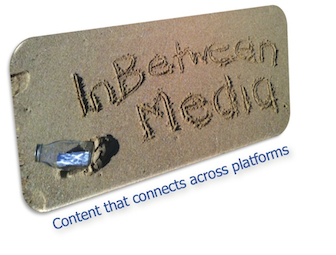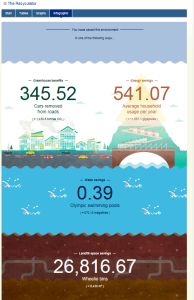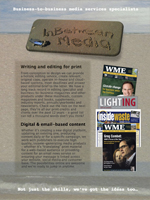Earlier this year the Better Buildings Partnership (BBP) released a Waste from Strip Out Guidelines Toolset to promote continuous improvement for reporting and managing strip out operations. The toolset includes a Waste Management Plan and a Reprocessor Facility Directory. These tools encourage consistent reporting alongside transparency and accountability of the removed materials from commercial offices and floor plates.
The BBP has used its expertise to set a baseline for consistent and accurate management of strip out waste. By establishing these tools, the Partnership has created a platform to compare and improve the outcomes of commercial strip out management. This will be seen through the percentage of the floor plate that has been diverted from landfill through the implementation of these tools.
The Strip Out Waste Management Plan tool outlines the process by which contractors and tenants can ensure that all office strip out waste is transported and disposed of in accordance with the requirements of the building owner and tenants and environmental law. Consistent use of reporting categories ensures comparison between jobs and enables facilities to create consistent reports.
Given that material recovery streams vary as markets change and mature, the Reprocessor Facility Directory is a regularly updated list of reprocessing and recycling facilities where material can be sent. The tool holds contact information, pricing and acceptance criteria for each material stream and each facility. This way the demolition contractors can ensure that contamination over the limit of each facility does not occur, and thus result in a rejection from the reprocessing facility.
The EPA has released the Recyculator, an amazingly practical environmental reporting tool that is now available for general use.
Take a hypothetical example of a company that has diverted, over the last 12 months, 1,000 tonnes of non-standard softwood timber pallets from landfill. These pallets are sent to local charity that converts them to a number of saleable products. At the same time they somehow managed to recover and recycle 5 tonnes of aluminium. Running these results through the Recyculator allows for an appreciation of the wider advantages of this recovery.
The above example has diverted around 1,005 tonnes of waste timber and aluminium from landfill, and in the process has:
· saved the equivalent of 27,000 wheelie bins of waste from landfill
· saved nearly 0.4 Olympic swimming pools of clean water
· saved nearly 12,000 gigajoules of energy and
· saved greenhouse emissions equivalent to taking 346 cars off the road
And these results are immediately supplied as a graphic for reporting by the Recyculator.
The EPA has also launched a new online system, WasteLocate, to monitor the transportation and management of waste tyres and asbestos waste within NSW. Generators and transporters of waste tyres and asbestos waste have a legal obligation to ensure their waste goes to a lawful place.
Consignors of waste tyres, transporters of waste tyres and asbestos waste, and facilities receiving these wastes, must now use WasteLocate to provide information to the EPA regarding their movement within NSW. WasteLocate makes it easy for responsible parties to comply with their reporting obligations under clauses 76 and 79 of the Protection of the Environment Operations (Waste) Regulation 2014 and the Asbestos and Waste Tyres Guidelines.
WasteLocate uses QR2id codes to track the movement of waste tyres and asbestos from the place of generation to their final destination.
A unique QR2id code must be created electronically by consignors of waste tyres and transporters of asbestos waste using WasteLocate. On arrival at a recycling facility or landfill, the transporter must then use their smartphone or tablet to scan a fixed QR2id plate, which will be displayed at the gate or weighbridge. By doing this, WasteLocate will automatically record the receipt of that load at the facility and provide this information to the EPA in real time.
Importantly, the generator of the waste will be able to locate the load via a dedicated website to confirm it has arrived at its intended destination, just like a parcel in the post.



Comments are closed.